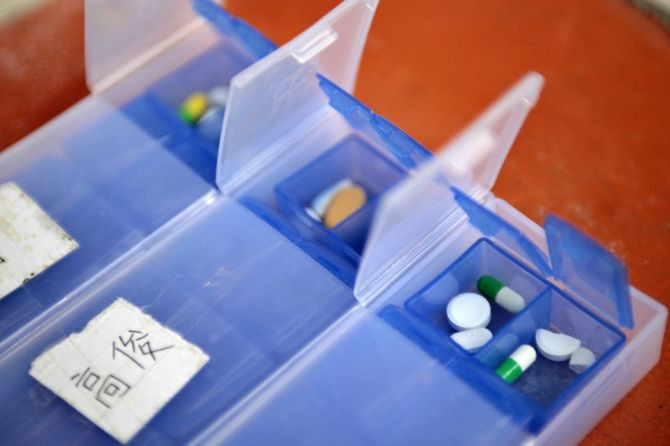Drug-Resistant HIV Cases on the Rise in Africa

While anti-retroviral medications have done wonders in stemming the rate of HIV transmissions and prolonging the lives of patients with HIV, drug-resistant HIV cases are on the rise.
Researchers, funded by the Bill and Melinda Gates Foundation, analyzed data from previous studies conducted between 2001 and 2011, on over 26,000 people with untreated HIV in sub-Saharan Africa, Asia, and Latin America. The team was led by Drs. Silvia Bertagnolio and Ravindra Gupta, from the World Health Organization and the University College London, respectively.
Researchers found that increases in drug-resistant HIV vary widely by region. According to the abstract which was published in The Lancet, " East Africa had the highest estimated rate of increase at 29% per year […] since rollout, with an estimated prevalence of HIV-1 drug resistance at 8 years after rollout of 7·4% (4·3 to 12·7). We recorded an annual increase of 14% […] in southern Africa and a non-significant increase of 3% […] in west and central Africa." Similar rates of 3.5 to 7.6 percent were found in various regions in the Caribbean and Latin America.
While researchers expected to find cases of drug-resistant HIV, they did not envision the rates increasing to the level that they did. The scientists worry that such cases could reverse the progress made in recent years at lowering new cases and transmission rates and put HIV experts' hopes at finding a cure in jeopardy.
The majority of the time, drug-resistant HIV appears in people who have not been taking their medication properly. It is not exactly uncommon – about 10 percent of HIV cases in the United States and Europe are drug-resistant. However, in the US and Europe, patients are usually monitored carefully and switched to different medications in such cases. In low- and middle-income countries in sub-Saharan Africa, that is not often plausible.
But, researchers say, drug regimens do not necessarily need to be changed. Basic measures can be used to help avoid these problems – like access to food and clean water so patients can take their drugs.
Published by Medicaldaily.com



























